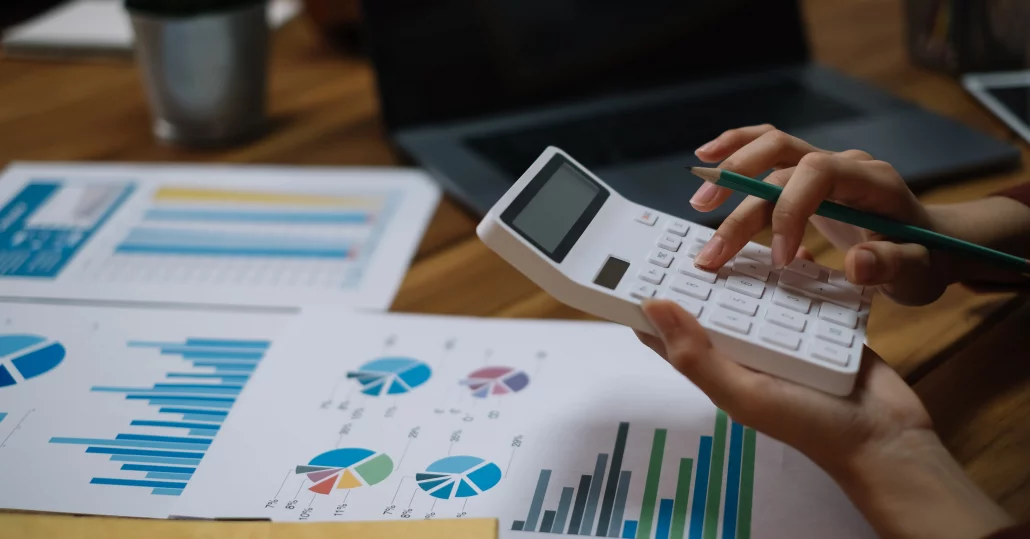In this article, we outline how to calculate the cash conversion cycle (CCC), identifying the three key components and what a short and long CCC means for your business.
Managing cash flow is very important to gauge the financial health of any business. So, how can a business measure the success of their cash flow management? The Cash Conversion Cycle, also known as CCC, looks at how fast a company changes its investments in inventory and other resources into cash flows from sales.
3 Key Components of the Cash Conversion Cycle
Within the CCC are three key components:
- Days Inventory Outstanding (DIO): Measures the average number of days for a company to sell its inventory. It is calculated by dividing the average inventory with cost of goods sold, then multiplied by 365 days.
- Days Sales Outstanding (DSO): Measures the average number of days for a company to collect payment after a sale. It is calculated by dividing accounts receivable by total credit sales, then multiplied by 365 days.
- Days Payable Outstanding (DPO): Measures the average number of days for a company to pay its suppliers. It is calculated by dividing accounts payable by cost of goods sold, then multiplied by 365 days.
Watch our video round-up below:
How To Calculate The Cash Conversion Cycle
After these three numbers are calculated, the CCC is determined as below:
CCC = DIO + DSO – DPO
Usually, a shorter CCC means your business can turn investments into cash and improve overall liquidity. On the other hand, a longer CCC can mean that there are gaps within inventory management, receivables collection, or supplier payment.
How To Improve Your Cash Conversion Cycle
To improve your CCC, consider the following:
- Optimise Inventory Management: Reduce excess stock to improve turnover rates.
- Speed Up Receivables: Implement strict credit policies and use automated invoicing to collect payments faster.
- Extend Payables: Negotiate longer payment terms with suppliers without harming relationships.
Related Article: Mastering The Cash Conversion Cycle: Tips For Managing Accounts Receivable.
Conclusion
Finally, understanding how to calculate the Cash Conversion Cycle can help to maintain a positive cash flow and ensure that your financial operations run smoothly. Breaking down the calculations into DIO, DSO, and DPO can also offer greater insight into which areas to improve.
Learn more about B2BE’s Accounts Receivable solution.
About B2BE
B2BE delivers electronic supply chain solutions globally, helping organisations to better manage their supply chain processes, providing greater levels of visibility, auditability and control. We’re driven by a passion for what we do, inspired by innovation, and underpinned by a wealth of knowledge. With over 20+ years of experience, the B2BE teams operate worldwide.
For more information, visit www.b2be.com.

